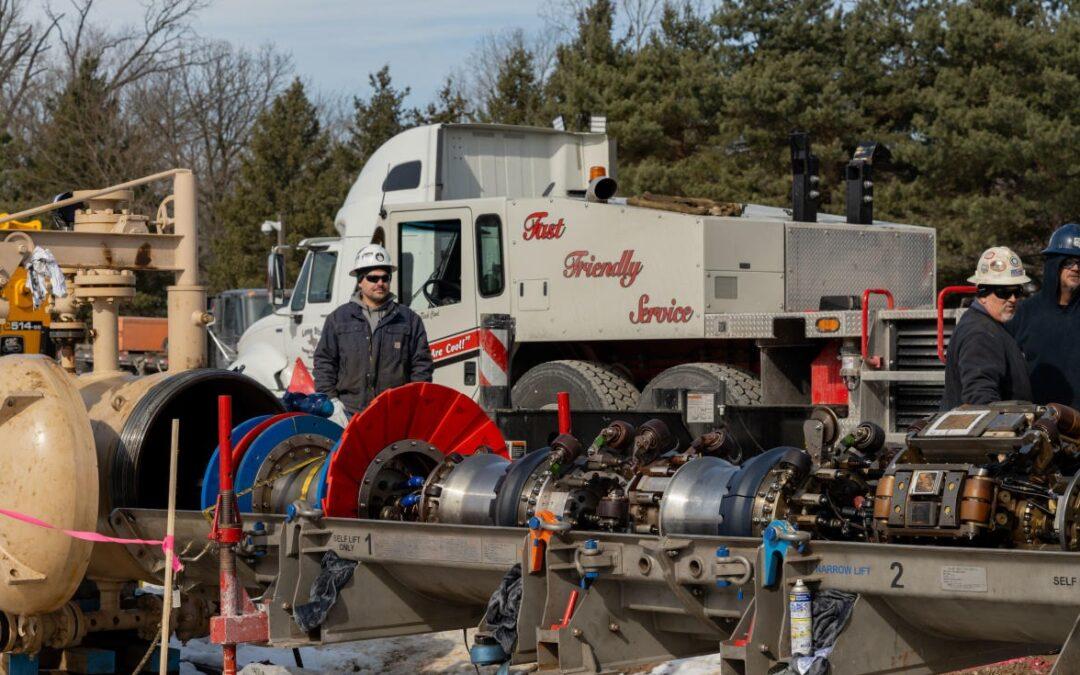At DTE Energy, we use special tools called “pigs” to inspect our gas pipelines. These pigs are not animals; they are mechanical devices that help keep our pipelines clean and check for any issues.
Recently, our team used a high-tech “smart pig” on a pipeline that runs 100 miles between Milford and Six Lakes in Central Michigan. In this case, they deployed one of the largest devices we use: a 34-foot-long tool that moves slowly through the pipeline, pushed along by the natural gas flowing behind it.
As it travels, the smart pig collects highly detailed data about the pipeline’s condition. This data helps us locate any problems, like cracks, and ensures we can deliver natural gas safely and reliably to our customers. The smart pig’s journey takes about 48 hours, and it provides an in-depth summary of the pipeline’s health, covering every inch of the pipe
As the summer begins, those terabytes of data provide what the team needs to make any needed pipeline repairs or upgrades, well ahead of the heating season to come.
Using smart pigs is essential for gas reliability, but also for maintaining our pipelines. Technology has improved significantly over the years, and DTE’ investment in the use of these vital tools ensures the best possible pipeline analysis.
But why are these devices called “pigs?”
In the past, older versions made an audible squealing sound as they moved through the pipelines, like a pig… so the name stuck.
No squeals are expected from these modern smart pigs, but the data they provide helps keep our DTE Gas service reliable and makes our team feel “happy as a pig in mud” — or at least in this case — a pipeline.
